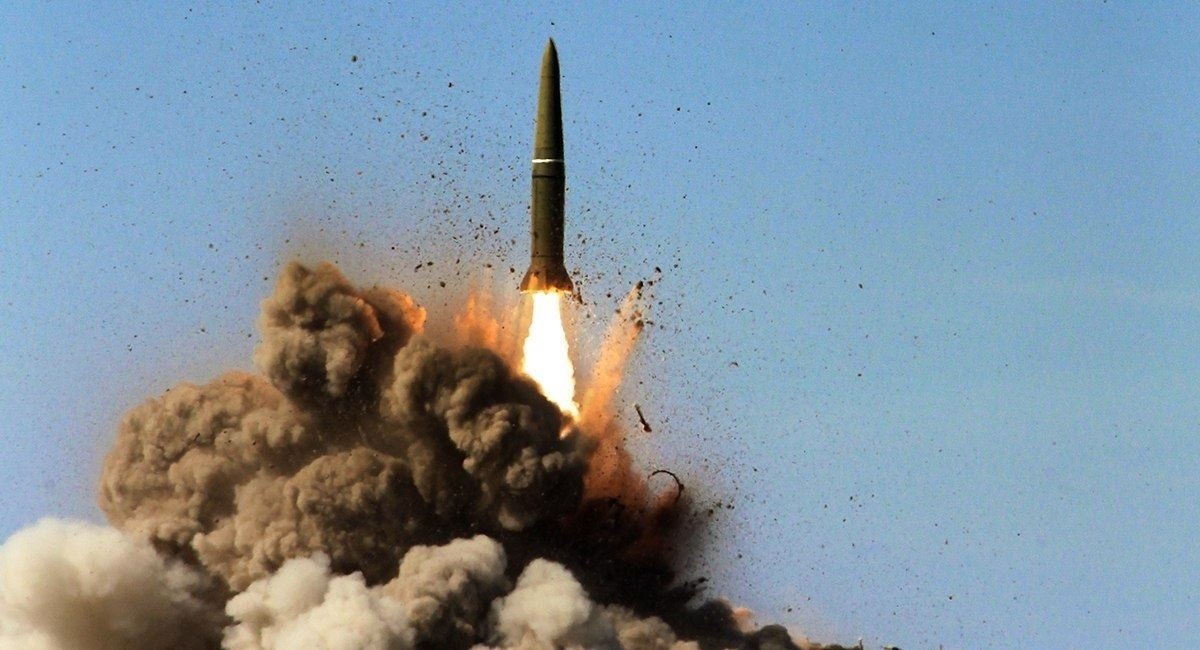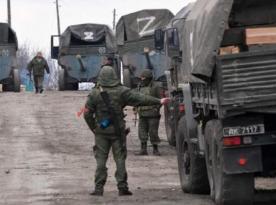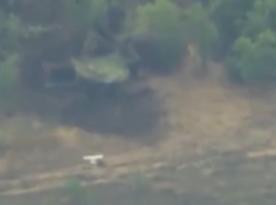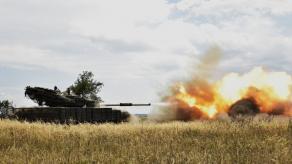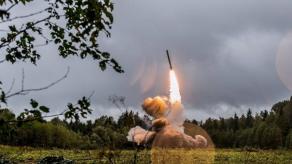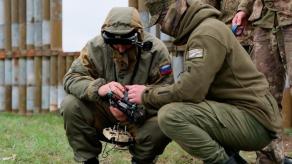Another wave of missile strikes followed this morning after the nighttime shelling of Ukraine. Compared to the overnight shelling with cruise missiles and explosive drones, the swarm of missiles that appeared around 11:20 in the skies above the country's capital was a combined salvo of ballistic and cruise missiles.
Kyiv administration said neither of the objects in Kyiv wasn't hit, which means all the missiles were shot down mid-flight. Later the General Stall confirmed that all the eleven air targets were missiles fired by russian Iskander systems, and all of them were taken down.
Read more: Nighttime Attack: 92.5% of Cruise Missiles and 83% of Kamikaze Drones Were Destroyed
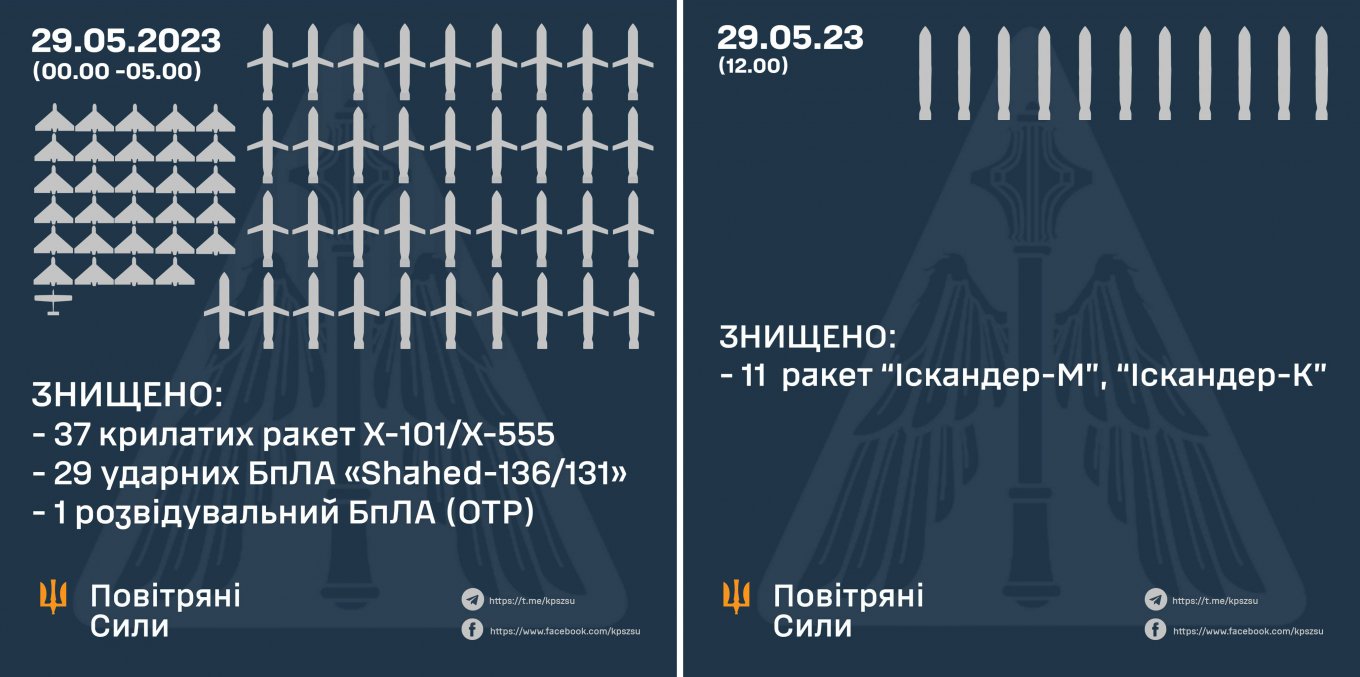
Despite the difference in numbers between the attacks – 40 cruise missiles + 29 drones at night vs. only 11 missiles in the morning – the second one including ballistic missiles is far more dangerous.
As long as cruise missiles are involved, intelligence can detect the activity of strategic bombers and their flight to the launch spot, or deployment of ships loaded with missiles to the firing spot in the Black Sea in a sequence of unfolding events. The Kh-101/Kh-555 or Kalibr missiles themselves fly at a speed of 800-900 km/h (500-560 mph), so the timespan between the air raid alert until the strike may be measured in hours. However, that is not the case with ballistic missiles.
In our particular situation, the alert was raised at 11:09, and the first missiles reached the city within 10 minutes. This leaves no time for consideration and requires a quick and coordinated response.
Moreover, the warhead of a 9M723 ballistic missile for the Iskander-M ground-based launch system is 500 kg, it's more explosive than most of the cruise missiles russia has.
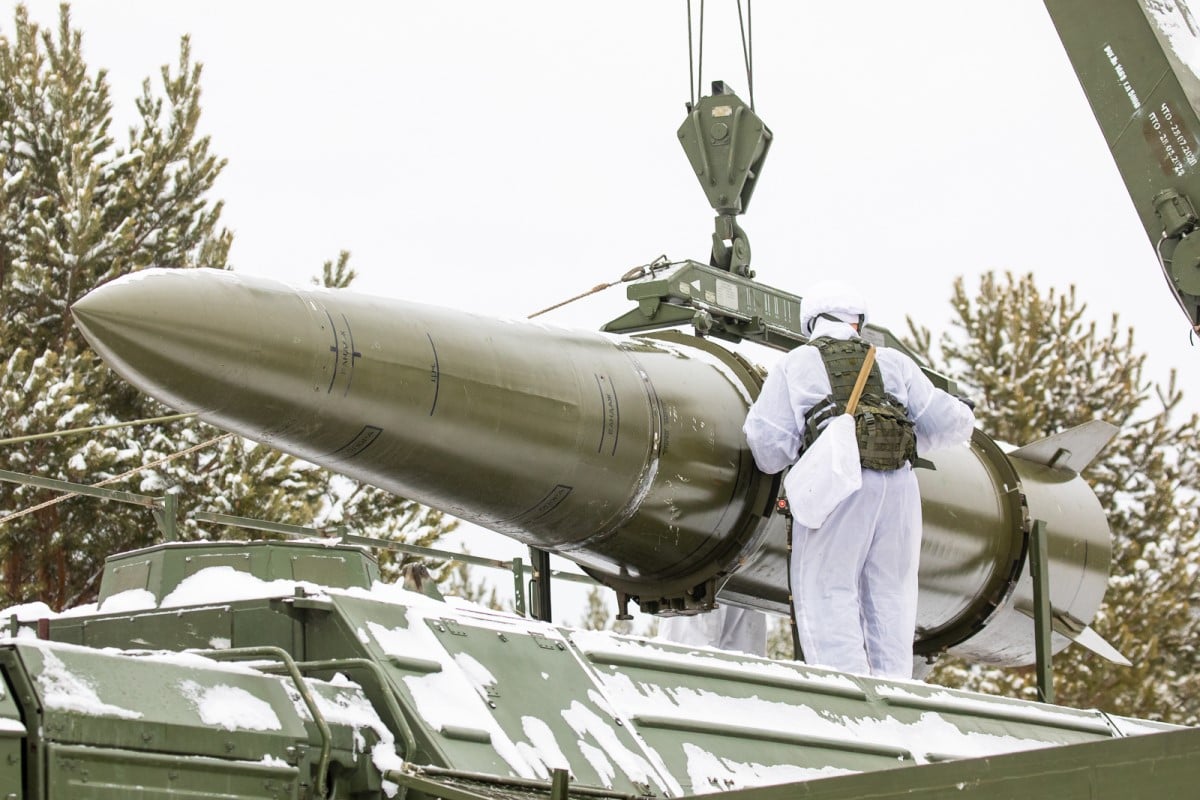
Worth noting, it's only Iskander missiles that russian forces used against Ukraine. There were also instances of them using Kh-47 Kinzhal air-launched missiles and anti-aircraft missiles for S-300 and S-400 systems adjusted to fly along a ballistic trajectory as short-range attack missiles. Such a 48H6DM missile from the S-400 system launched ballistically can travel as far as 230 km, carrying 180 kg of fragmentation charge designed to cover as wide an area as possible.
Furthermore, this missile can be programmed to explode slightly above the ground or from impact. Hence it becomes practically a canister warhead this way.
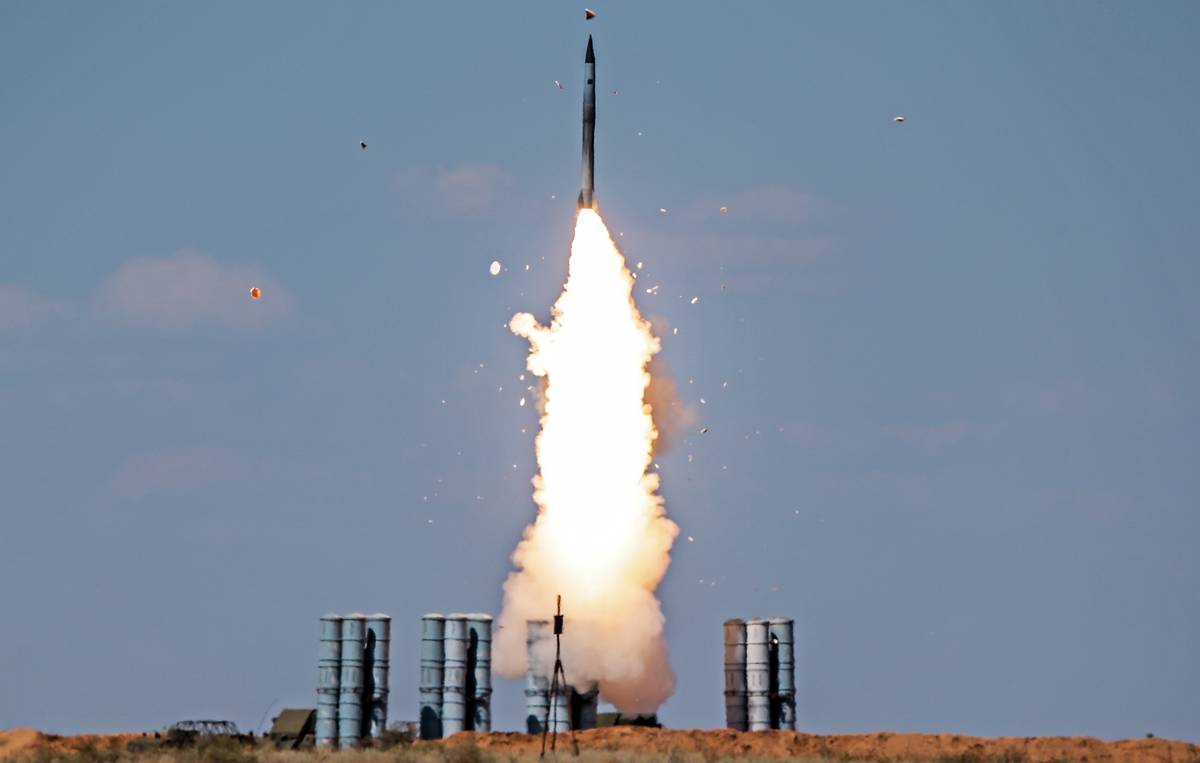
But one of the most dangerous aspects about ballistic missiles overall is that you can only take them down at a short range. While a cruise missile can be intercepted at any point of its path, a ballistic missile can only be neutralized by such systems as Patriot or SAMP/T on the terminal phase, when the missile is basically already falling onto its target.
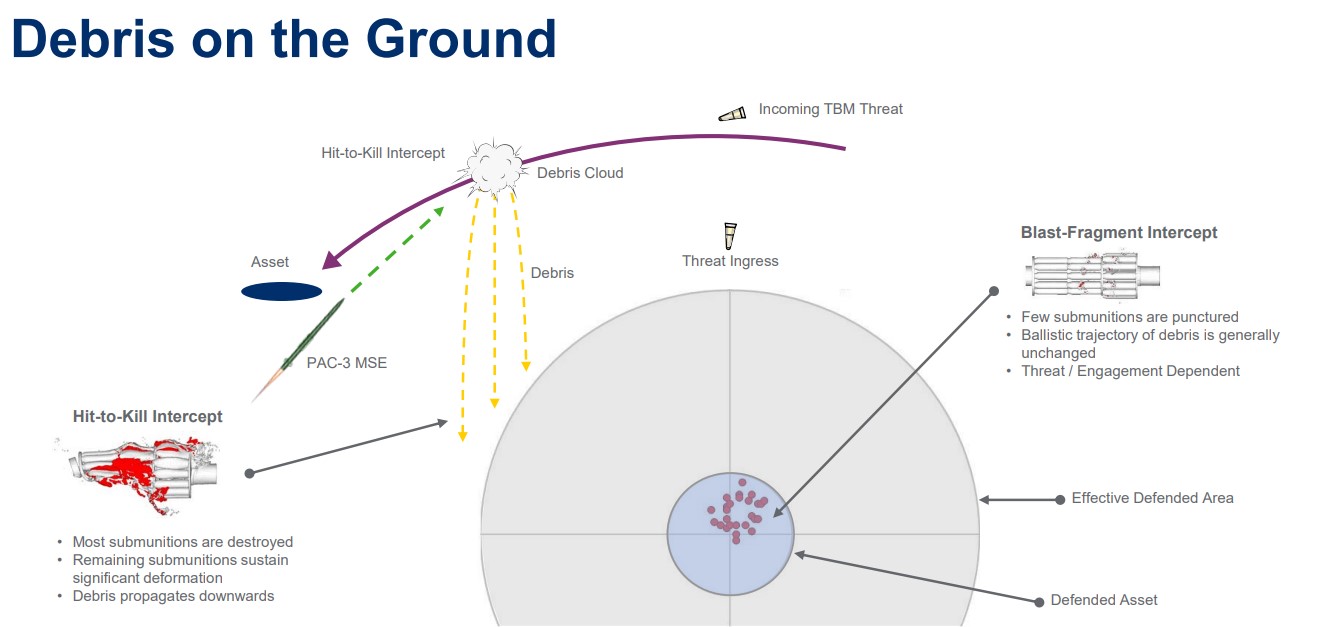
Considering the fact that interception is done in a kinetic way, i.g. an interceptor collides into the ballistic missile in order to destroy its warhead in the air, the debris of both the target missile and the interceptor fall to the ground, and it's dangerous in its own way, too.
Therefore, ballistic missile attack is much more threatening due to the short time from the alert announcement until the missile's arrival in which one has to do all it takes to make sure of one's own safety. And even if the air defense is successful, the debris may cause damage as they fall.
Read more: russian Missile Terrorism in Figures: How Kremlin Tries to Create the "Ukraine on Fire" Image With Continuous Attacks




